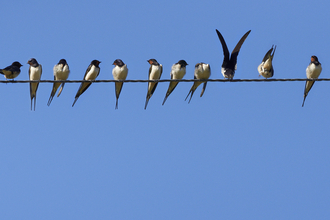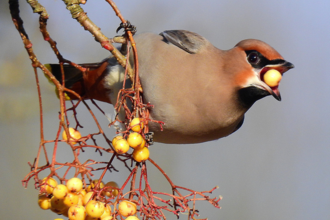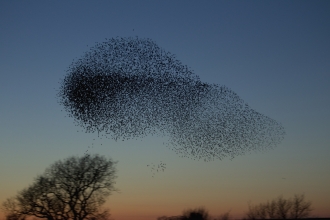From fields and woodlands to coasts and even supermarket carparks, there is no shortage of places to see winter migrants across the UK. So, who’s in and who’s out?
Autumn bird migration: Who's in and who's out?
Fieldfare by Richard Steel/2020VISION
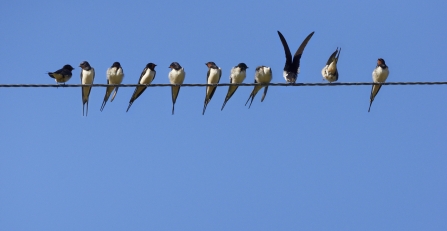
Alan Price/Gatehouse Studio
Summer migrants
Having gorged on insects during the halcyon summer months, swallows, swifts, sand martins and house martins head back to their wintering grounds in Africa. Swifts leave between July and September, while swallows and martins take off slightly later, around September and October. You may have seen large numbers of them lining up on telephone wires or wheeling about in the sky in preparation for their onward journey.
These frequent flyers aren’t the only ones who risk their lives on a 5,000-mile journey. Most whitethroats, warbler species and wheatears also head to Africa in October, but small resident populations have started spending winter in the UK, too.
Then there are the larger birds. Ospreys are famous for their autumn migration back to Africa, while seabirds like puffins and gannets brave the colder months out at sea.
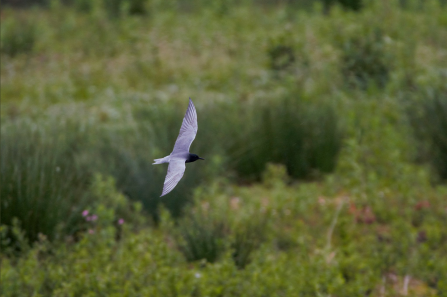
Jo Humphreys
Passage migrants
Passage migrants stop off in the UK as part of a longer journey, taking time to rest and refuel. They usually stay for a few weeks during spring and autumn before moving on.
Most passage migrants are waders such as dunlin and green sandpipers, while others include tern species like black terns. In fact, we've been lucky enough to see a black tern at Brockholes!
Which birds come to the UK for winter?
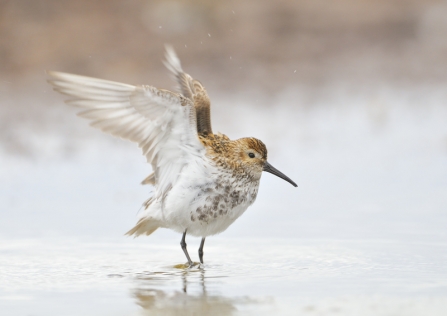
Fergus Gill/2020VISION
Winter migrants
Our most famous winter migrants are redwings and fieldfares. These thrushes arrive from Scandinavia (where they have escaped the bitter cold and depleted food supplies), and can be seen gorging on berries among our trees and hedgerows as well as foraging in the fields.
Keep your eye out for bramblings, Bewick’s swans and whooper swans, too, as well as huge influxes of waders. Every autumn the UK’s coasts and wetlands are inundated with around 1.5 million lapwings, half a million dunlin, 300,000 knot, 300,000 oystercatchers, 60,000 bar-tailed godwits, 50,000, redshanks and 40,000 grey plovers!
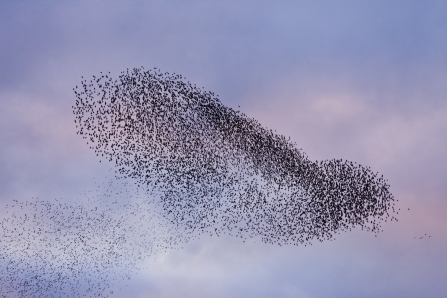
Guy Edwardes/2020VISION
Partial migrants
Partial migrants are birds that migrate in some places but not in others. Starlings are a prime example – our own populations stay put while those from colder countries in eastern Europe head to our comparatively balmy shores. This is one of the reasons why you can see such incredible starling murmurations during autumn and winter, as these huge influxes join our resident birds to form seriously impressive flocks.
Other partial migrants include chaffinches, robins and blackbirds.
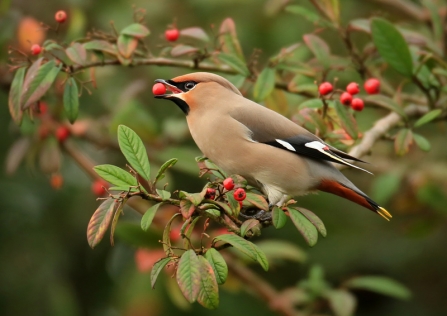
Jon Hawkins - Surrey Hills Photography
Irruptions
One of my favourite things about autumn and winter is waxwings. These stunning birds live in Scandinavia and eastern Europe for most of the year, but if their berry crop is poor, they’ll fly to the UK in huge numbers called ‘irruptions’. We normally get a couple of hundred birds, but when the berry crop back home is particularly bad we can see tens of thousands flooding trees around the UK.
Top tip: Waxwings’ favourite berries grow on rowan trees, which are commonly planted in supermarket car parks.
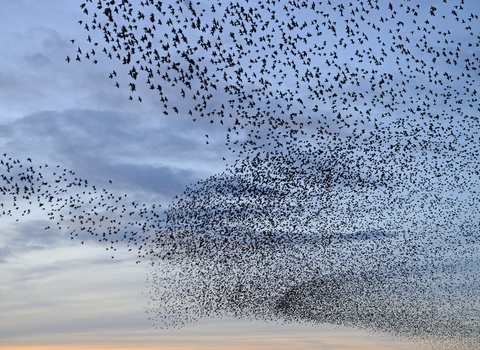
David Tipling/2020VISION
Keep in touch
You can stay up to date with the latest bird sightings across Lancashire, Greater Manchester and North Merseyside by signing up to receive our monthly newsletter.


